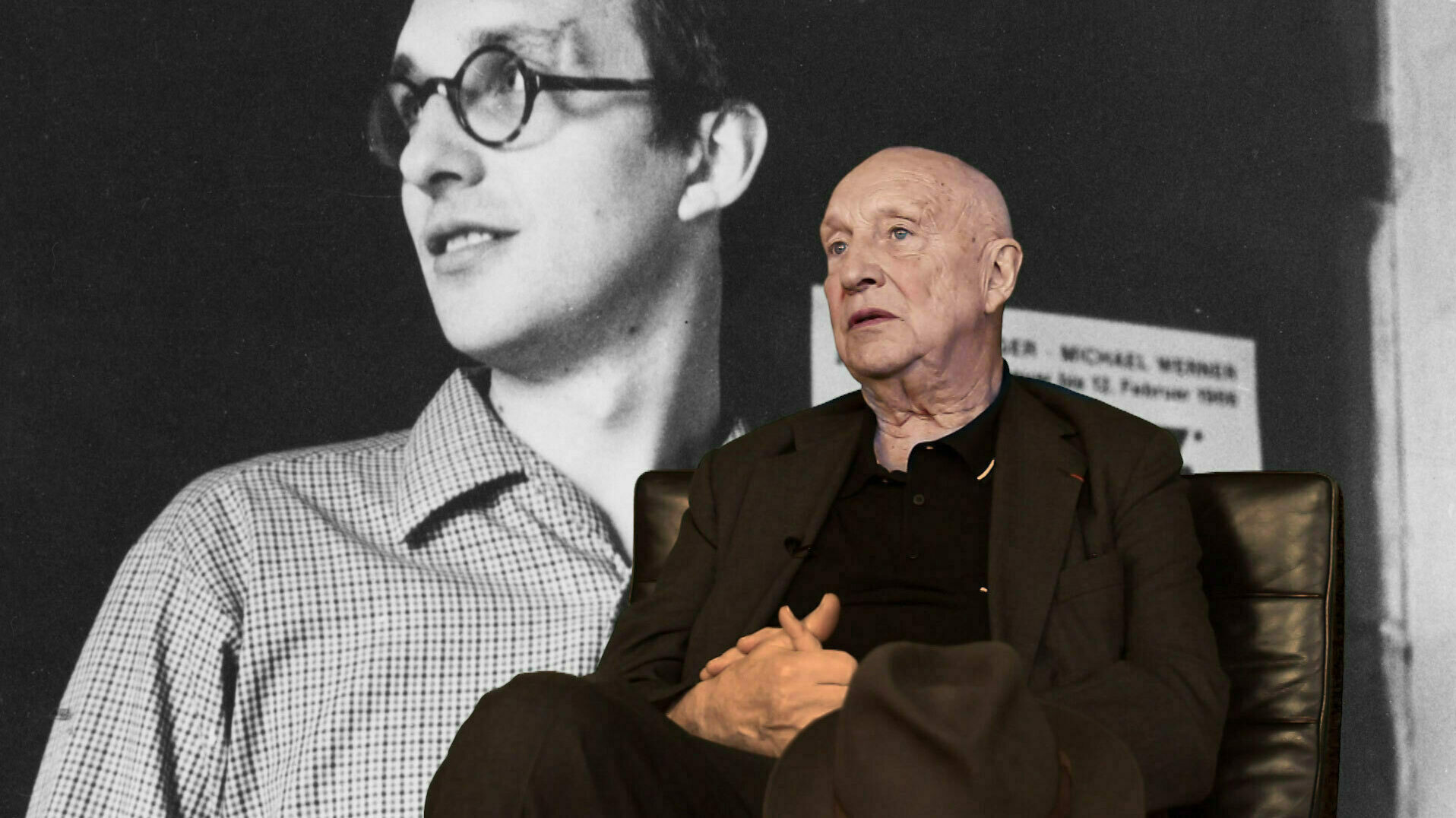About the Exhibition
They are monumental paintings, aggressive and defiant in their execution. At the same time, they possess a quality of ambivalence, fatefulness and vulnerability to this day—Georg Baselitz’s dramatic and contradictory “Heroes”. Georg Baselitz (b. 1938) is without question one of the most influential painters and sculptors of our time. In 1965/66, in a virtually explosive spurt of productivity, he developed his dramatic and paradoxical Hero paintings. The forceful workgroup of the Heroes and New Types is today regarded worldwide as a key example of the German art of the 1960s. In the summer of 2016, in a monographic exhibition curated by Städel director Max Hollein, it was comprehensively presented for the first time. Some seventy paintings and works on paper were on view, distinguished by aggressively and defiantly painted monumental figures that have lost nothing of their ambiguous, portentous and vulnerable quality to this day.
In 1965, Georg Baselitz perceived the order of post-war Germany in its state of multifaceted destruction—ideologies and political systems, but also artistic styles were up for discussion. This lack of order was very much in keeping with the artist’s own nature: appropriation through artistic categorization was something that remained foreign to him all his life. From the perspective of his fundamentally sceptical attitude he therefore emphasized the equivocal aspects of his time. His monumental “Heroes” in their tattered battle dress, figures marked as much by failure as they are by resignation, possess an accordingly contradictory character. The fact that the artist—who was a mere twenty-seven years of age at the time—devoted himself to the subject of “Heroes” or “Types” at all was provocative per se. (Male) heroism and its onetime exponents had been called into question by the war and the post-war period. The fragile and paradoxical character of the “Heroes” with regard to content finds its equivalent in their form. The consistently frontal depiction and central placement of the clearly outlined figure contrast with the wildness of the palette and the vehemence of the painting style. Baselitz thus illustrated a reality unwelcome in the German Federal Republican success story of the economic miracle—and what is more, to do so he availed himself of figuration, a supposedly obsolete form. Yet Baselitz was concerned here with far more than general social issues—he was also reflecting on his own position in relation to society. The result is a forceful assertion of the self and definition of identity that runs contrary to all of the currents of the period in question.
The travelling exhibition’s subsequent venues were at the Moderna Museet in Stockholm, the Palazzo delle Esposizioni in Rome and the Museo Guggenheim Bilbao.
Curator: Max Hollein (Director, Fine Arts Museums of San Francisco)
Co-Curator: Dr. Eva Mongi-Vollmer (Städel Museum)
Film

Sponsors & Partners
Sponsored by
Goldman Sachs AG
Media partners
Andy Warhol’s Interview Magazine, Verkehrsgesellschaft Frankfurt am Main